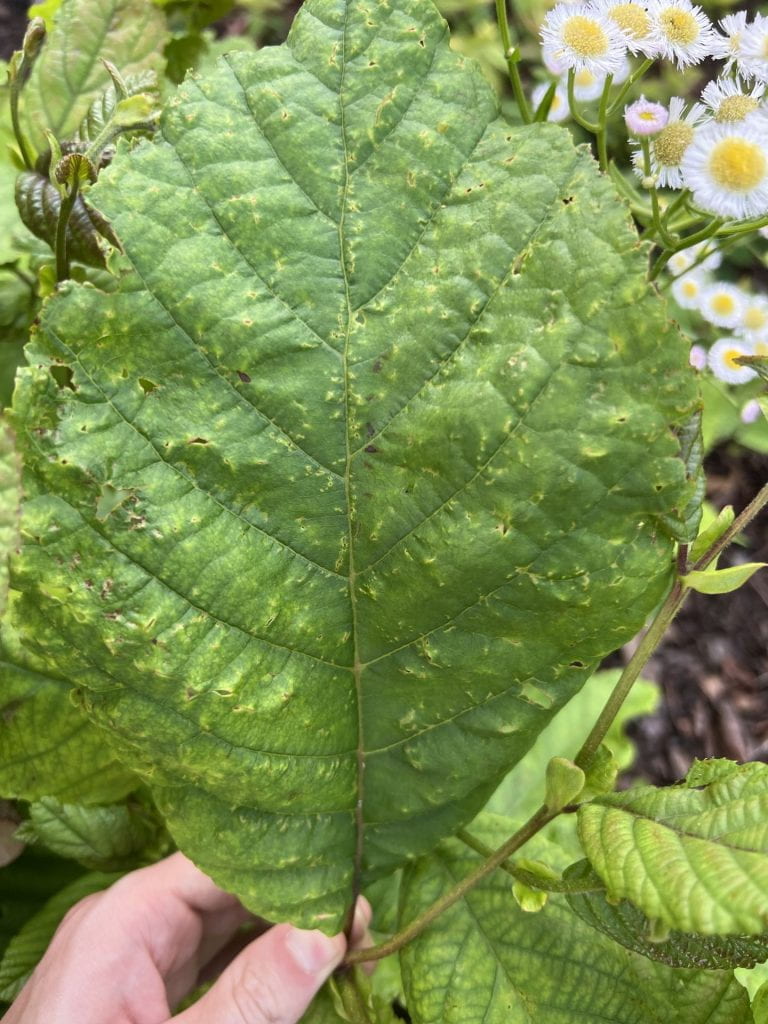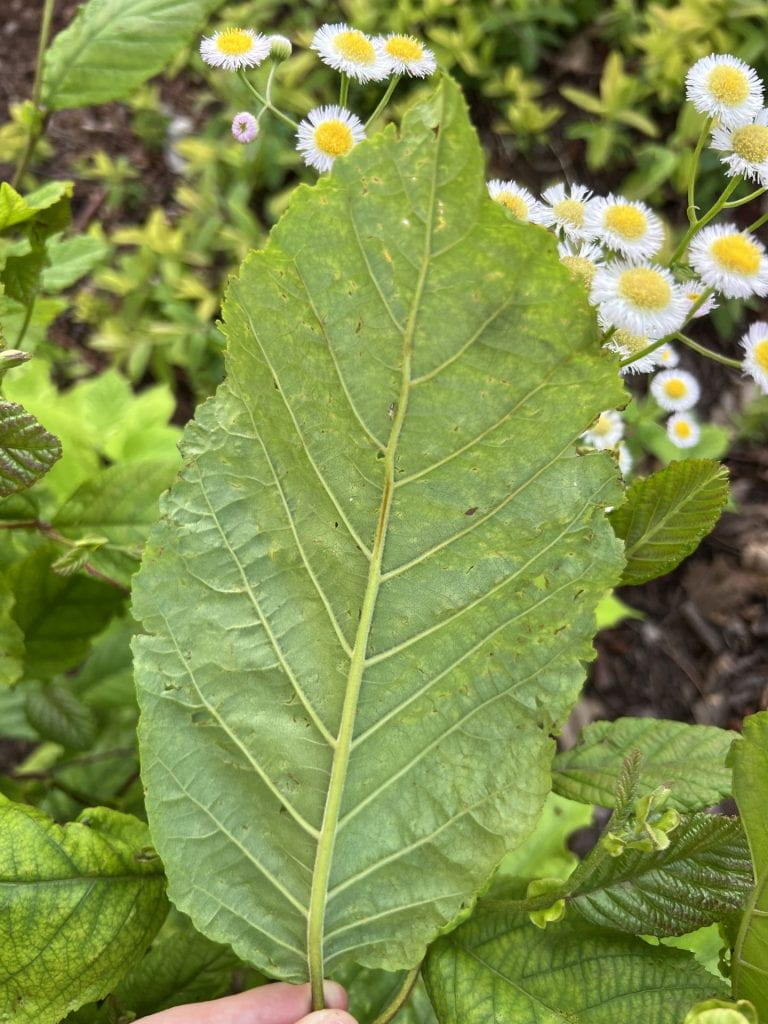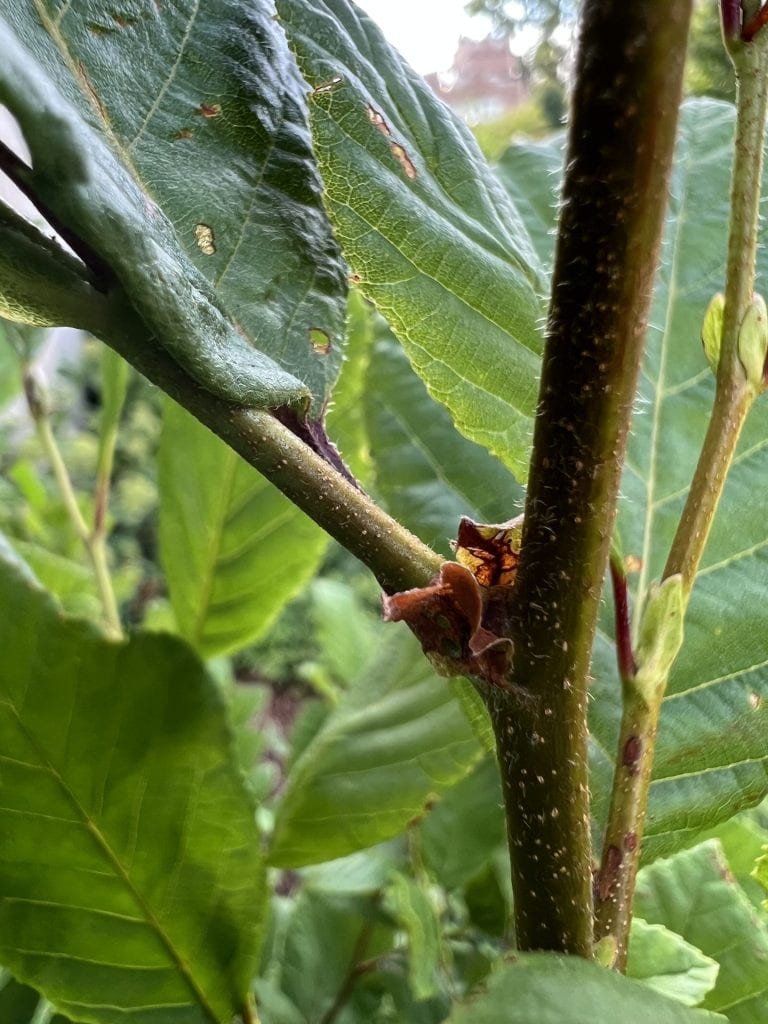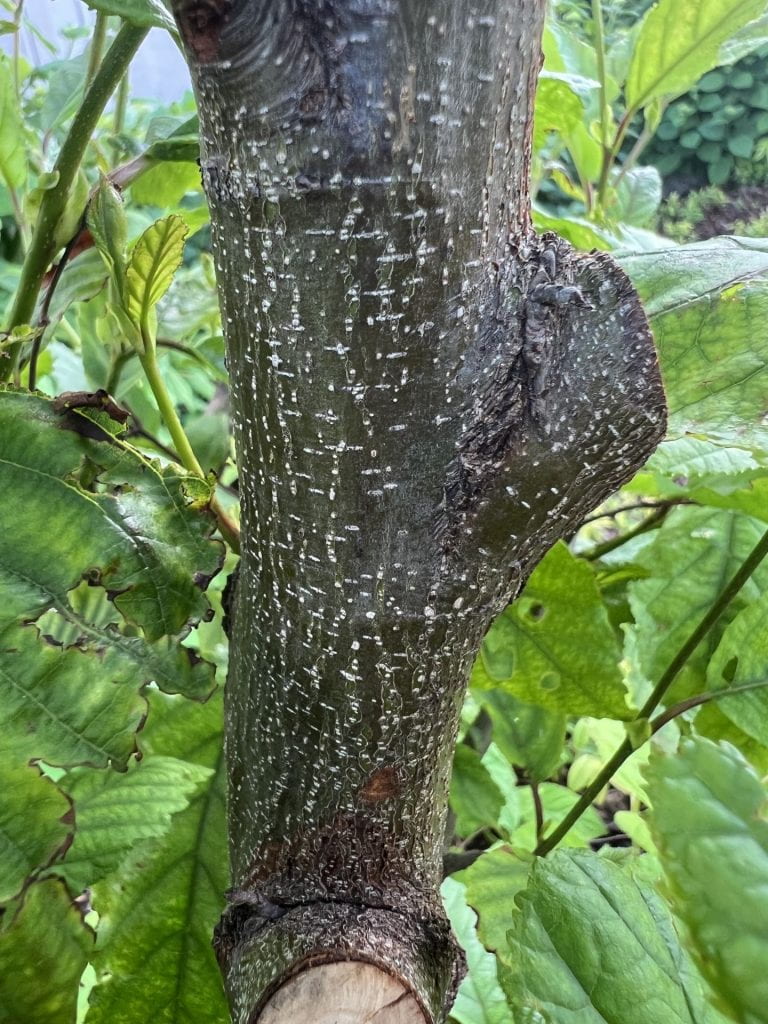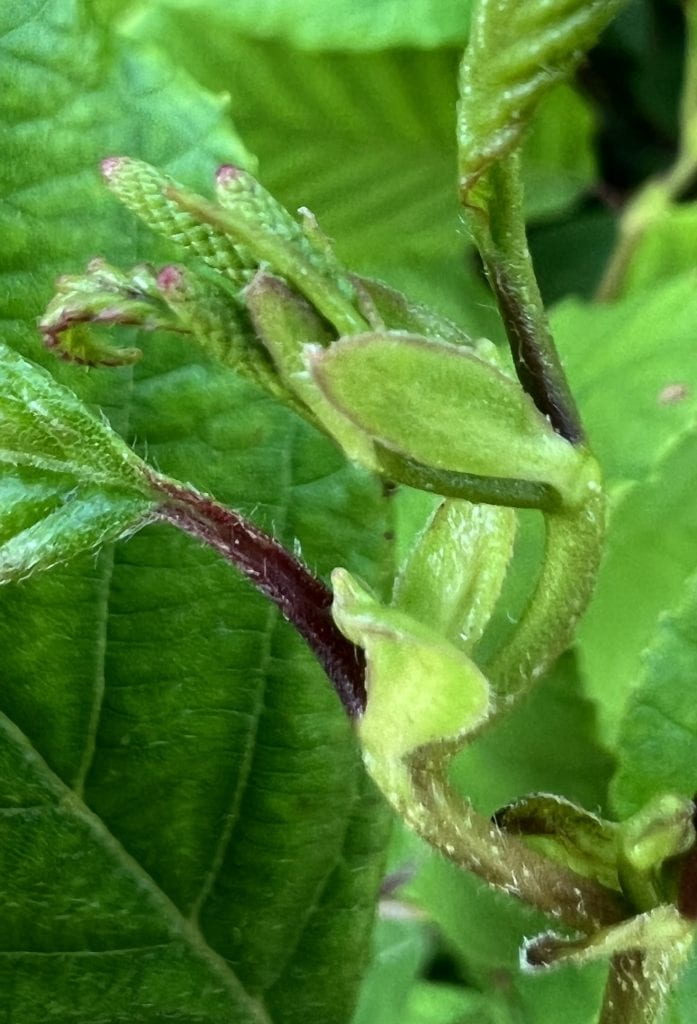Hazel Alder
Arbor Walk #97, Treekeeper ID #6102
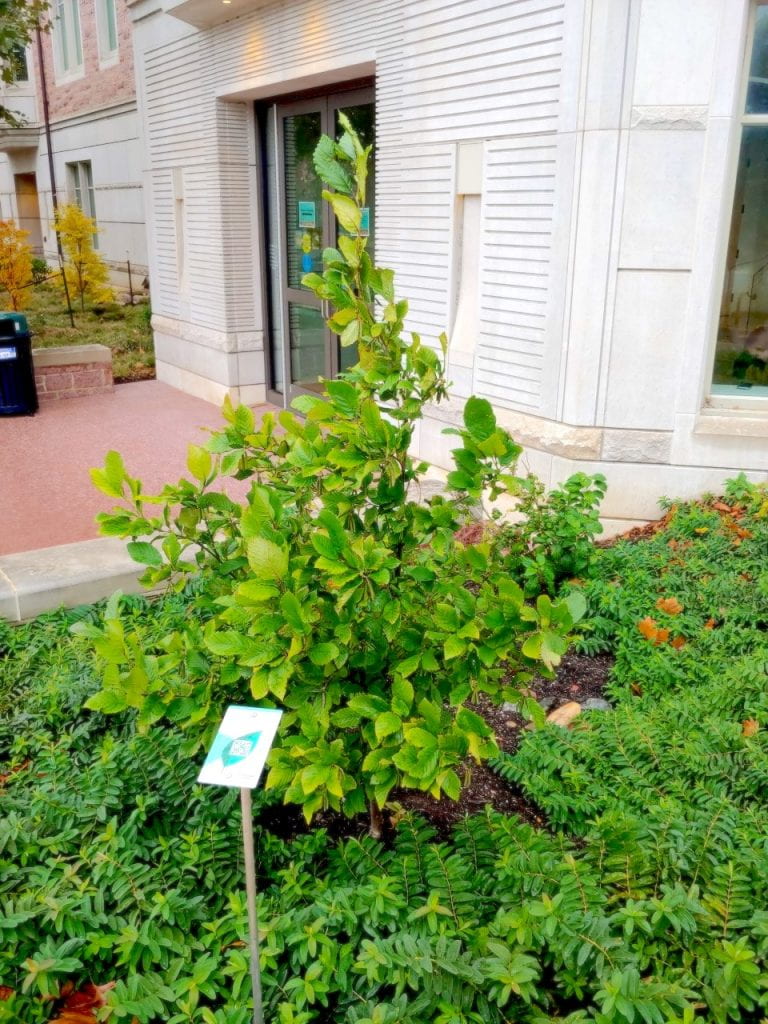
Hazel Alder is a multi-stemmed small tree and can grow to 20′ high and up to 15′ wide forming thickets by suckering. It is native from Nova Scotia to Illinois and Missouri south to eastern Texas and northern Florida. It is an ideal selection for naturalizing or rain gardens.

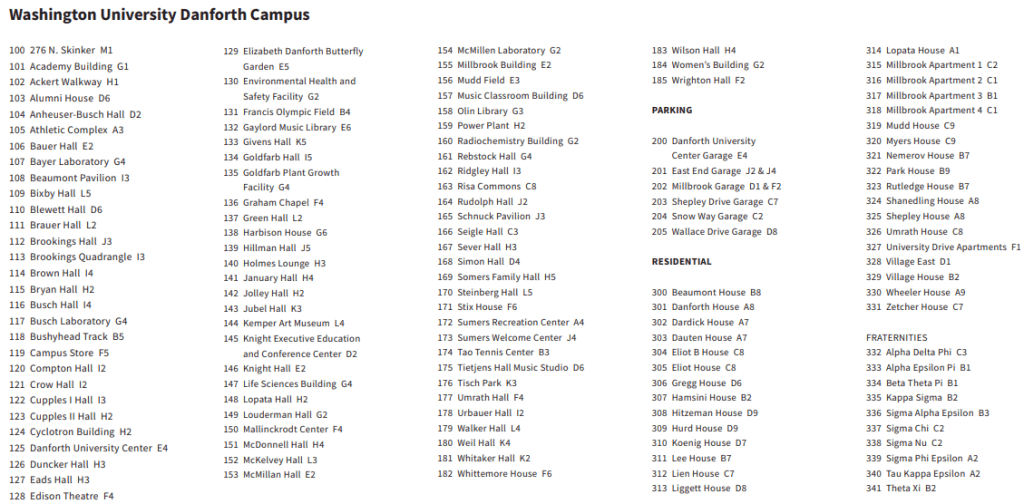
GPS Coordinates
N/A
Percent Concrete
N/A
Distance to Buildings
| Year | Close Building #1 | Close Building #2 | Close Building #3 |
|---|---|---|---|
Distance to Other Species
| Year | Close Species #1 | Close Species # 2 | Close Species # 3 |
|---|---|---|---|
Standard Measurements
| Year | Height (m) | DBH (cm) | Caliper (m) | Crown Diameter N-S (m) | Crown Diameter E-W (m) | Average Crown Diameter (m) |
|---|---|---|---|---|---|---|
Nests and Pests
| Year | Description |
|---|---|
| 2023 | N/A |
Leaf Identification
The leaves of the Hazel Alder are wide and elliptically shaped with serrulate margins. They are a dull green color.
Twig and Bud Identification
The twig is green to green-brown and has numerous lenticels (pores) and sparse hairs along its surface. Leaves arranged alternately along the stem. The twig can be slightly zig zag. The Hazel Alder can have stipules (extra leafy or woody growths) where the leafstalk branches off the twig. The bud is red and is extended slightly from the stem.
Bark Identification
The Hazel Alder has smooth, green-gray bark. The bark has horizontal notch-like lenticels (pores) that give the tree a scratched appearance.
Fruit Identification
The Hazel Alder has fruiting cones with seeds that stand upright. These cones are smaller than those of pines, about 1/2″ long. They will not drop from the tree until winter.
[photo forthcoming]
Flower Identification
The flowers of the Hazel Alder are slender and cylindrical catkins (clusters of tiny dioecious flowers). The male catkins are brownish yellow and hanging, and the females are bright red. The female catkins will become the fruiting cones upon maturity. The flowers bloom in early spring.


